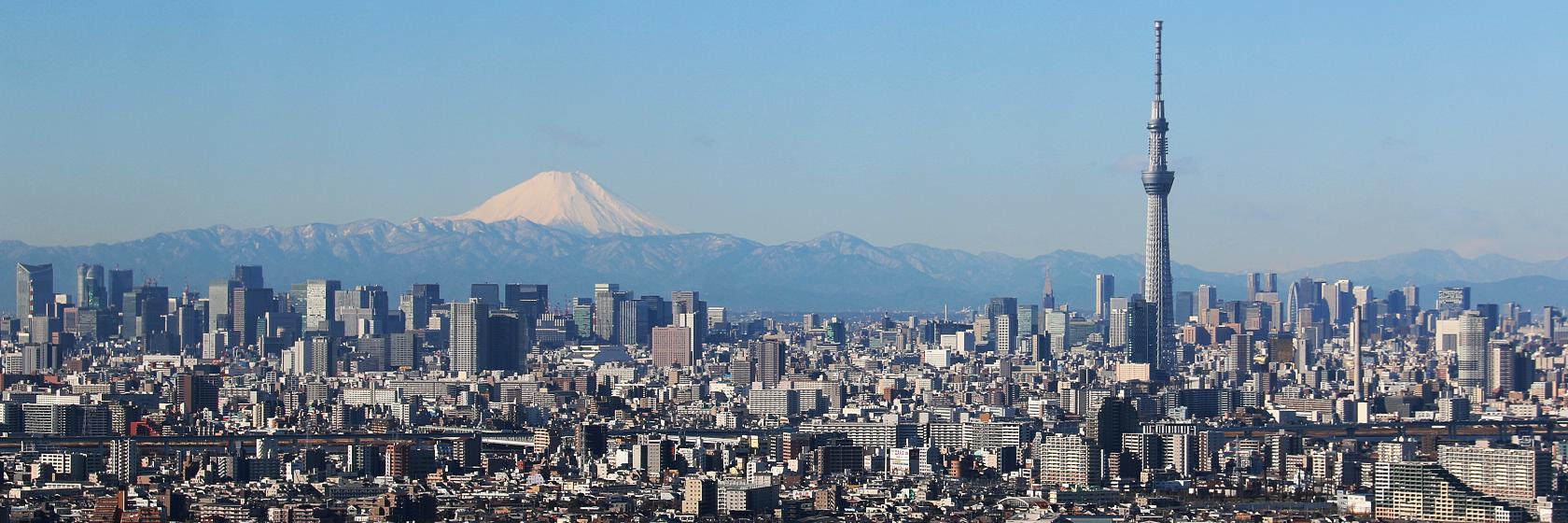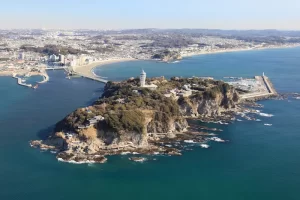Tokyo Transfer Passes: For Day Trips, Are They Worth It?
Are you considering a couple of day trips from Tokyo and questioning the actual value of Tokyo Transfer Passes? Like most tourists, you want to see as much as possible without spending a lot of money or wasting time on complicated transportation. The reality is that Tokyo’s rail system can be daunting to negotiate. Dozens of lines run by various businesses and a variety of pass choices make it rather simple to feel overrun. But don’t be concerned; I have you covered. Especially if you’re thinking about day trips from Tokyo, this article will guide you through all you should know about Tokyo Transfer Passes. We’ll look at what these passes are, how they operate, which places they cover, and whether or not they are really affordable for busy travelers.
Tokyo Transfer Passes are what?
Starting with the fundamentals. Designed to provide unlimited travel on certain lines within a given time period—usually 24 to 72 hours, Tokyo Transfer Passes are prepaid train or subway passes. If you use public transportation regularly, they are supposed to streamline your trip and enable you to save money. But not all Tokyo Transfer Passes are made equal, thus this is the catch. While some cover the central city, others reach to the outskirts, ideal for day excursions. The secret is knowing which one fits your travel style and schedule.
Common Types of Tokyo Transfer Passes
1. Tokyo Metro 24-Hour Ticket
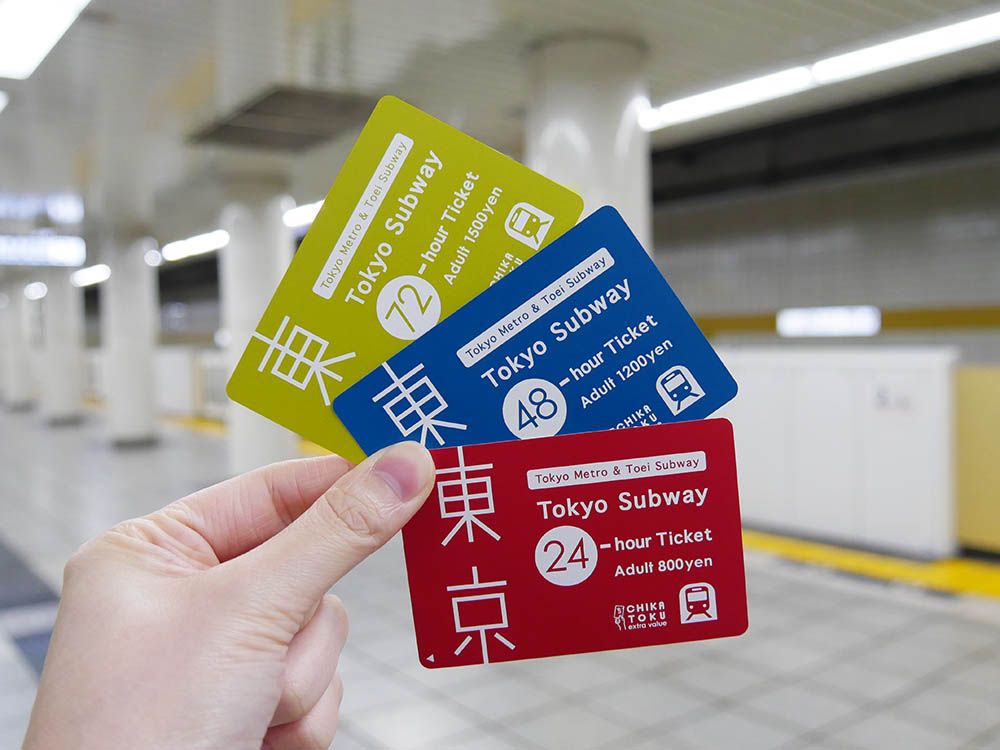
- Valid for 24 hours from first use
- Unlimited rides on all Tokyo Metro lines
- Great for sightseeing within central Tokyo
- Price: around $5 USD
This pass is ideal if you’re spending a full day hopping between Tokyo neighborhoods like Shinjuku, Asakusa, and Shibuya.
2. Toei and Tokyo Metro One-Day Pass
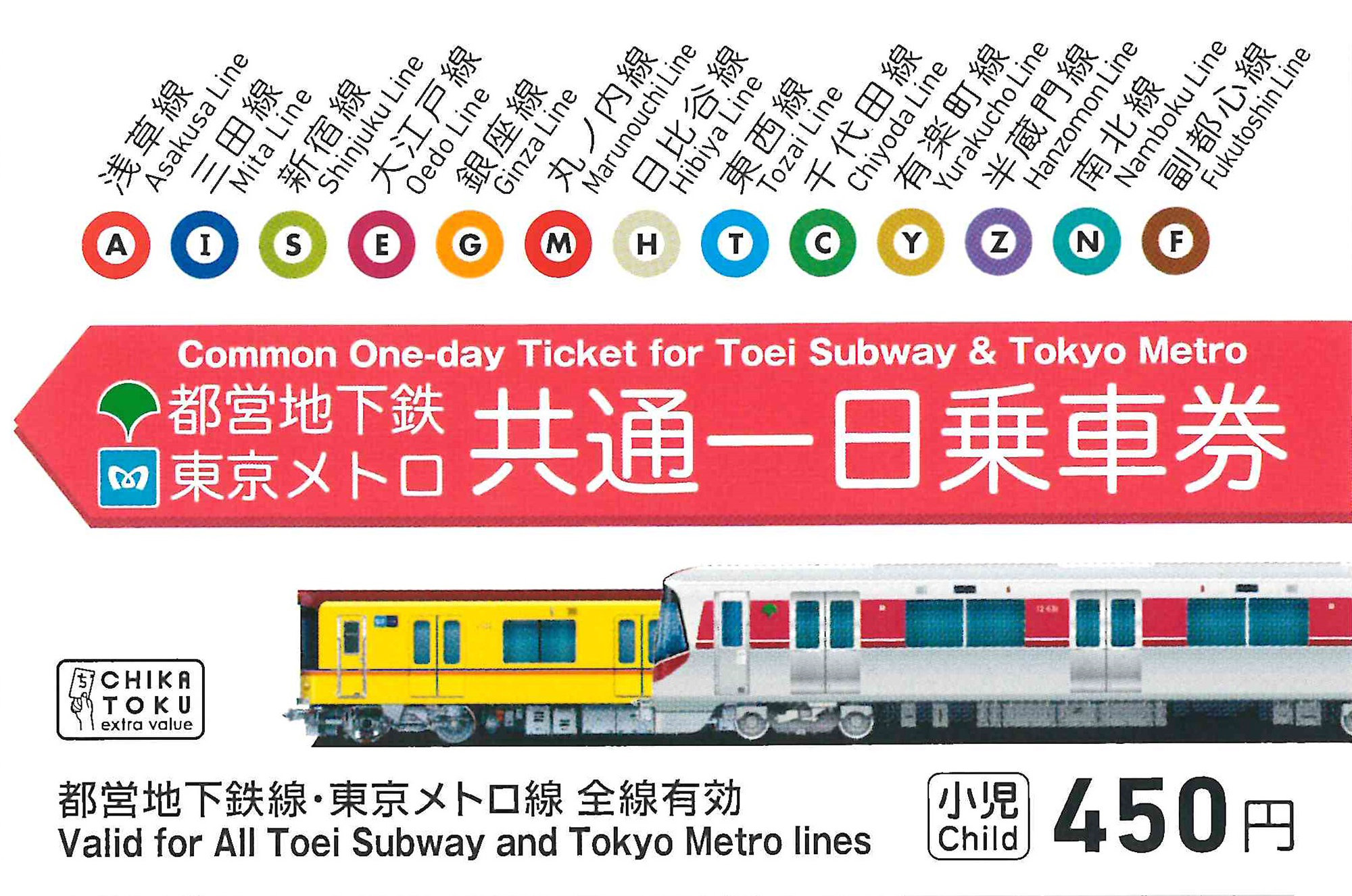
- Unlimited rides on both Tokyo Metro and Toei Subway lines
- Covers more ground than the Metro-only pass
- Price: about $7 USD
This is a solid option for a jam-packed day of urban exploration, especially if you’re planning to crisscross Tokyo.
3. JR Tokyo Wide Pass
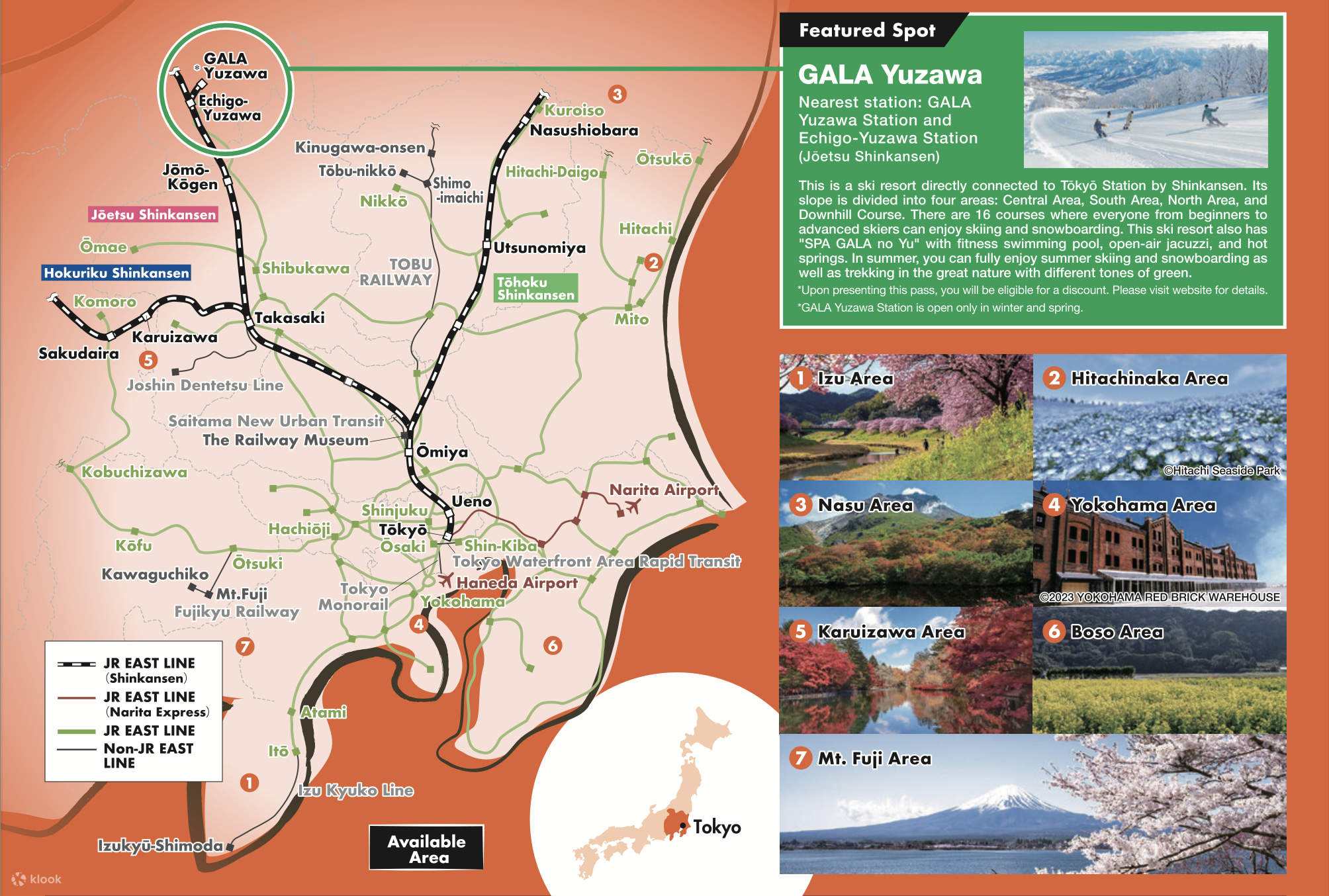
- Valid for 3 consecutive days
- Unlimited rides on JR East trains in the Kanto region, including Shinkansen (bullet trains)
- Covers long-distance destinations like Nikko, Kawaguchiko, and Karuizawa
- Price: around $75 USD
The JR Tokyo Wide Pass is hands-down one of the most powerful Tokyo Transfer Passes if you’re venturing beyond the city for day trips.
4. Tokunai Pass
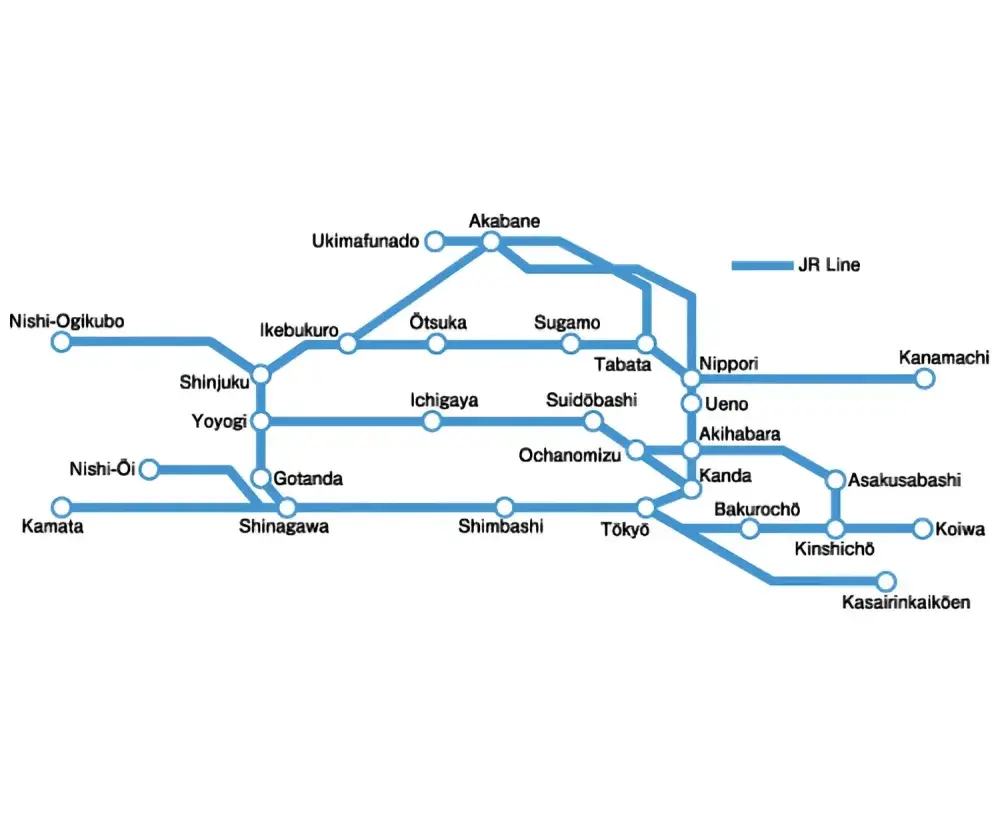
- Unlimited rides on local JR lines within Tokyo’s 23 wards
- Not valid on subways or private railways
- Price: about $7 USD
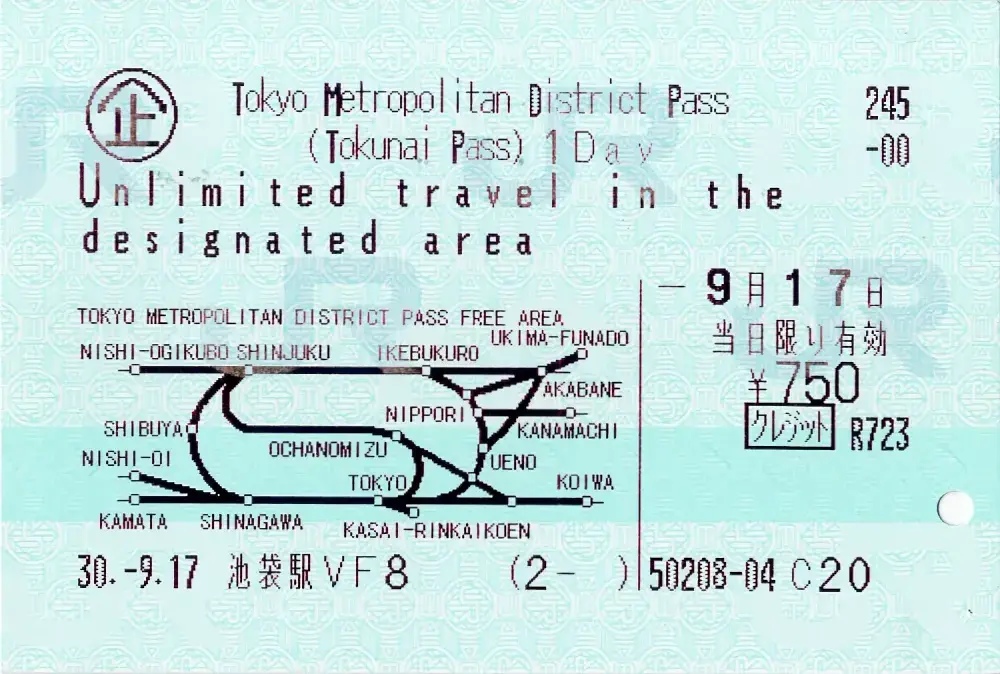
This one’s best if you’re sticking to JR lines and want to explore places like Ueno, Akihabara, and Tokyo Station.
5. Regional Day Passes
There are also area-specific Tokyo Transfer Passes like:
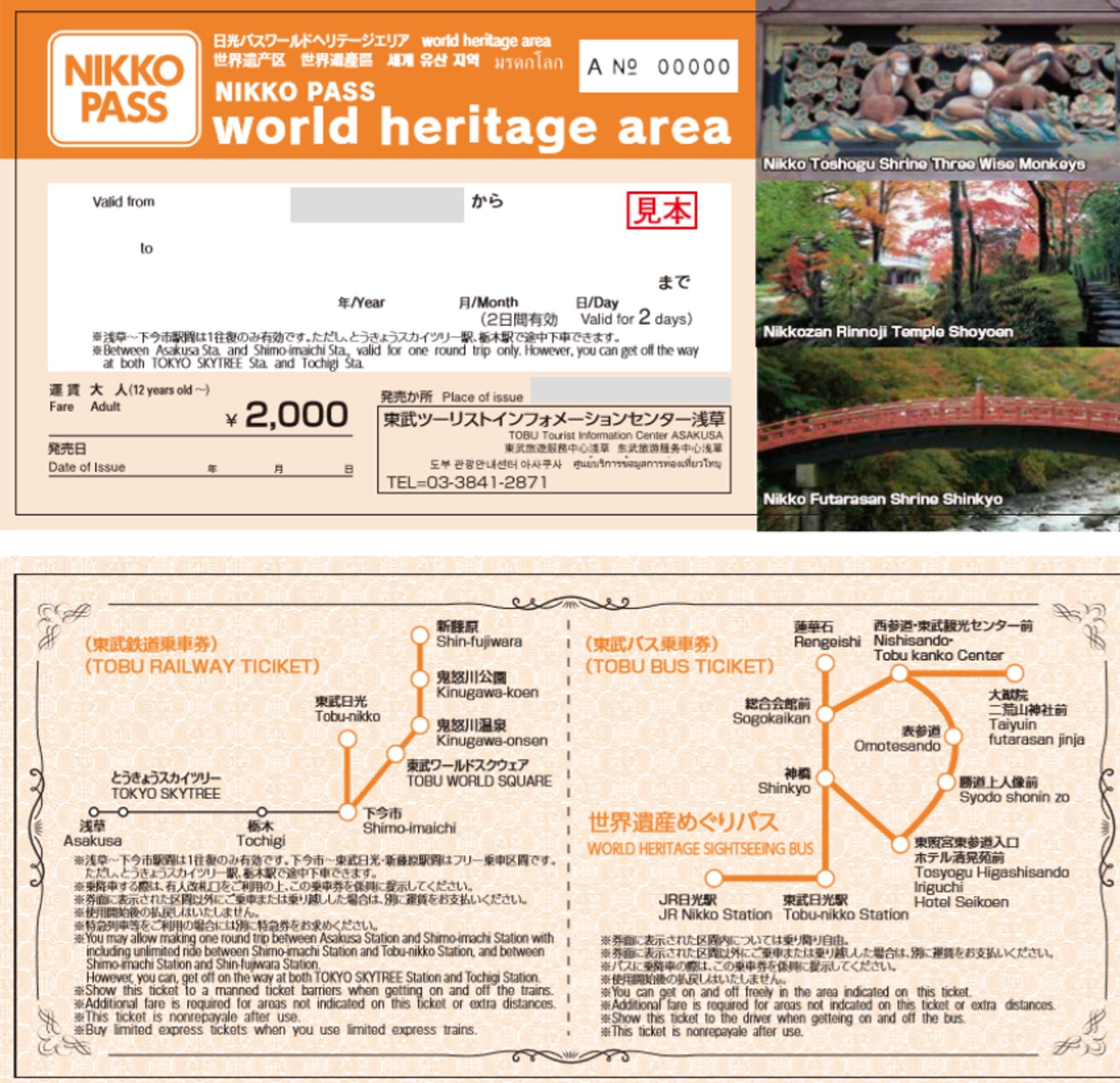
- Hakone Freepass (for Hakone day trips)
- Nikko Pass (for Nikko and Kinugawa Onsen)
- Yokohama Minatomirai Pass (for a fun day in Yokohama)
These combine rail and local transport with sightseeing perks like museum or hot spring discounts.
Where to Buy Tokyo Transfer Passes
You can buy most Tokyo Transfer Passes at:
- Airport train counters (like at Narita or Haneda)
- Major JR stations and metro stations
- Travel service centers
- Online through authorized websites or apps.
Keep in mind that some passes—especially those for tourists—may require a foreign passport and are only available to non-residents.
Who Should Think About Tokyo Transfer Passes?
You may be wondering now whether you actually require one of these passes. Your travel itinerary will determine that totally. The best use of Tokyo Transfer Passes is for:
- Tourists intending busy days of discovery
- Visitors staying in Tokyo but taking short trips to neighboring cities
- Families or groups seeking convenience and savings
- Travelers who dislike dealing with small change or ticket machines
Tokyo Transfer Passes can greatly simplify things if you are the kind of person who wants to hop between temples, shopping streets, and scenic areas all in one day. Every time you board a train, they spare you the trouble of calculating fares. However, you might not receive your money’s worth if your intention is to relax in one area for the day—or if you are spending time in Tokyo’s quieter suburbs.
Popular Day Trip Spots from Tokyo
Thinking about some day trips from the capital? With the appropriate Tokyo Transfer Passes, these locations are not only simple to get to but also provide distinct experiences highlighting Japan’s cultural and natural beauty. Here are a few of the most well-liked locations and what you should not miss when you visit.
Yokohama
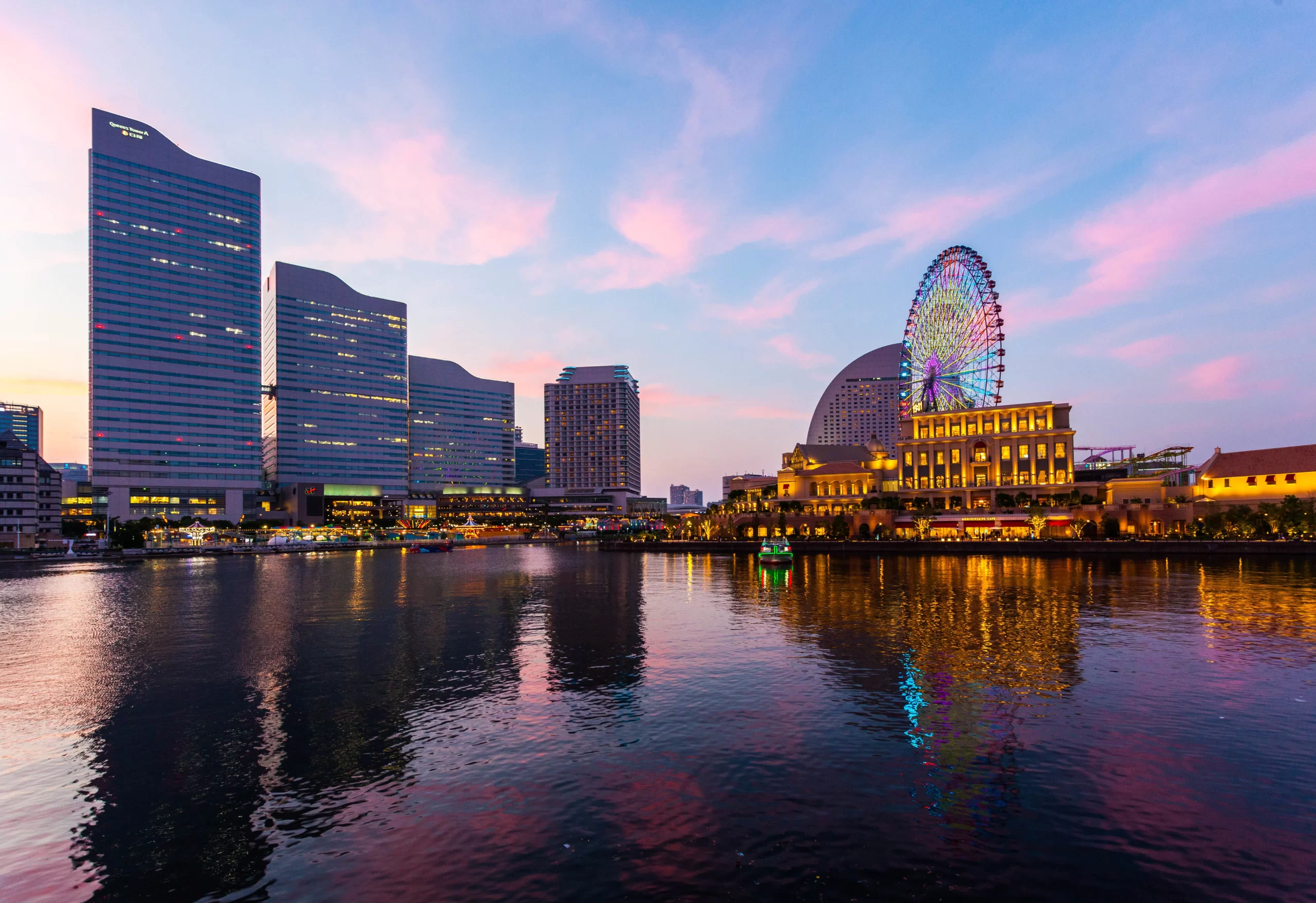
From central Tokyo, JR lines will take you 30 minutes to Yokohama.
Best Tokyo Transfer Pass: ✔️ JR Tokyo Wide Pass ✔️ Yokohama Minatomirai Pass
Top Sights:
- The biggest Chinatown in Japan, ideal for dumpling-hopping and souvenir buying.
- Cup Noodles Museum: A great experience for both children and adults, make your own cup of noodles and discover instant ramen history.
Yokohama is Tokyo’s laid-back neighbor with coastal appeal and cosmopolitan character. All in one day, you receive excellent food, interesting museums, and harbor views.
Kamakura
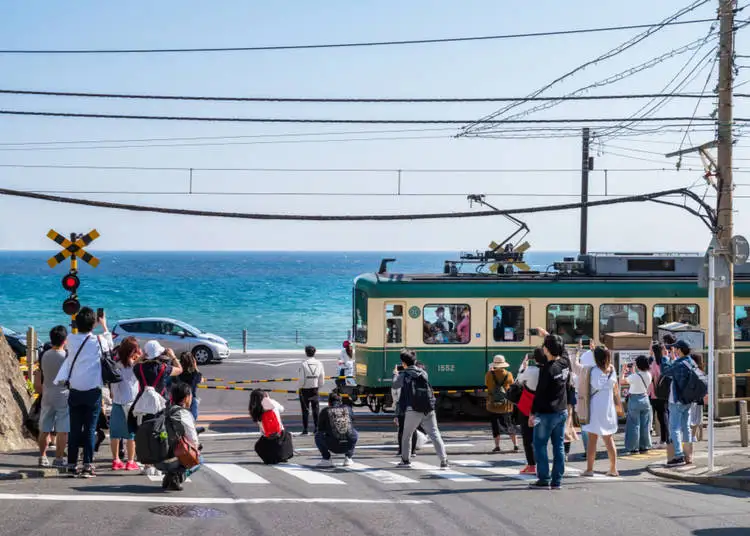
Roughly one hour on JR Yokosuka Line.
Best Tokyo Transfer Pass: ✔️ JR Tokyo Wide Pass
Top Attractions:
- A huge bronze Buddha statue from the 13th century—an absolute must-see.
- Hōkoku-ji Bamboo Forest: A peaceful temple with a tiny but beautiful bamboo grove and a teahouse hidden within.
Kamakura seems like Kyoto by the sea; hence, why go? Its a calm and culturally rich getaway from the bustle of Tokyo with temples, shrines, and nature all within walking distance.
Nikko
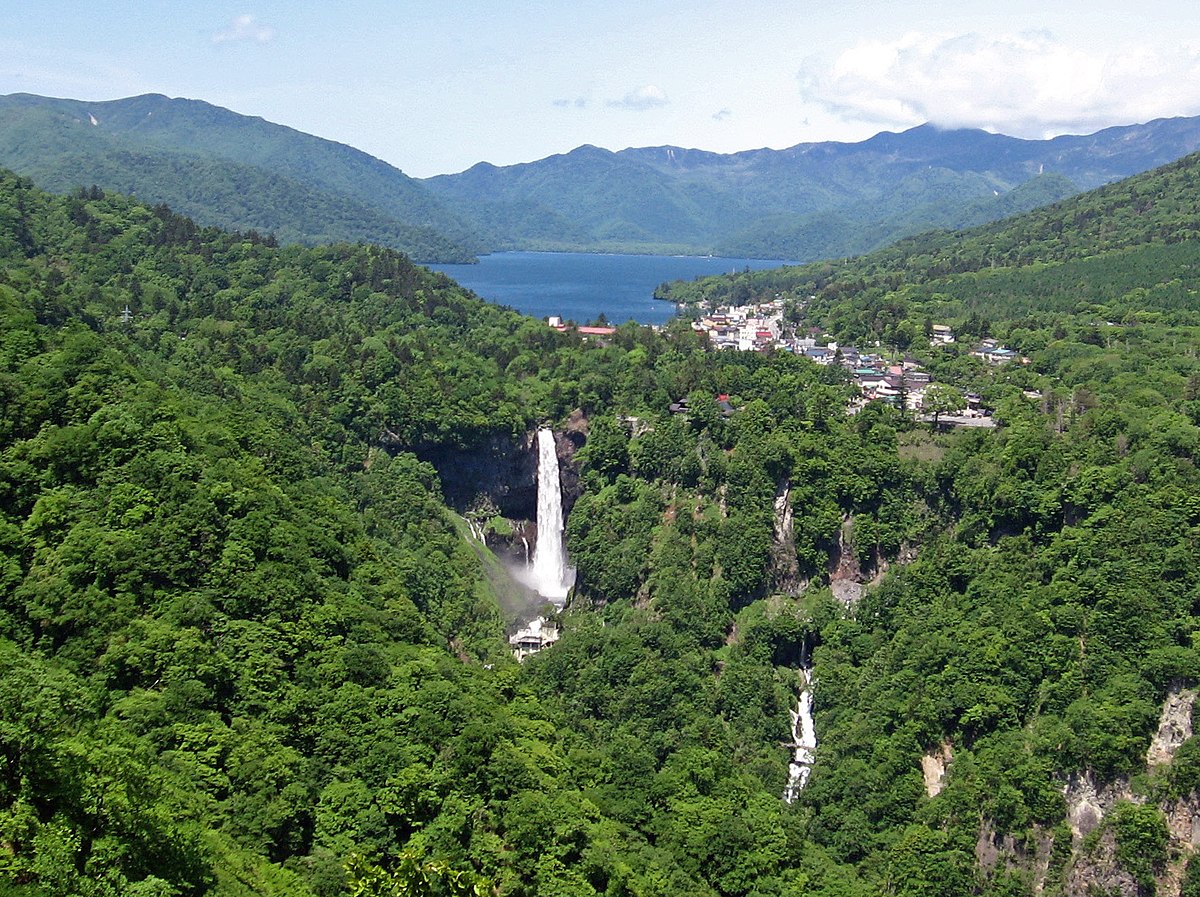
Getting there: 2 hours on Tobu or JR lines.
Best Tokyo Transfer Pass: ✔️ JR Tokyo Wide Pass ✔️ Nikko Pass (Tobu)
Top Sights:
- A sumptuous, UNESCO-listed shrine to Tokugawa Ieyasu with detailed carvings and gold accents.
- Surrounded by rich woods and spectacular vistas, Kegon Falls ranks among Japan’s most renowned waterfalls.
Nikko is a cultural marvel as well as a natural beauty. Using your Tokyo Transfer Passes, this is among the best value locations.
Kawagoe
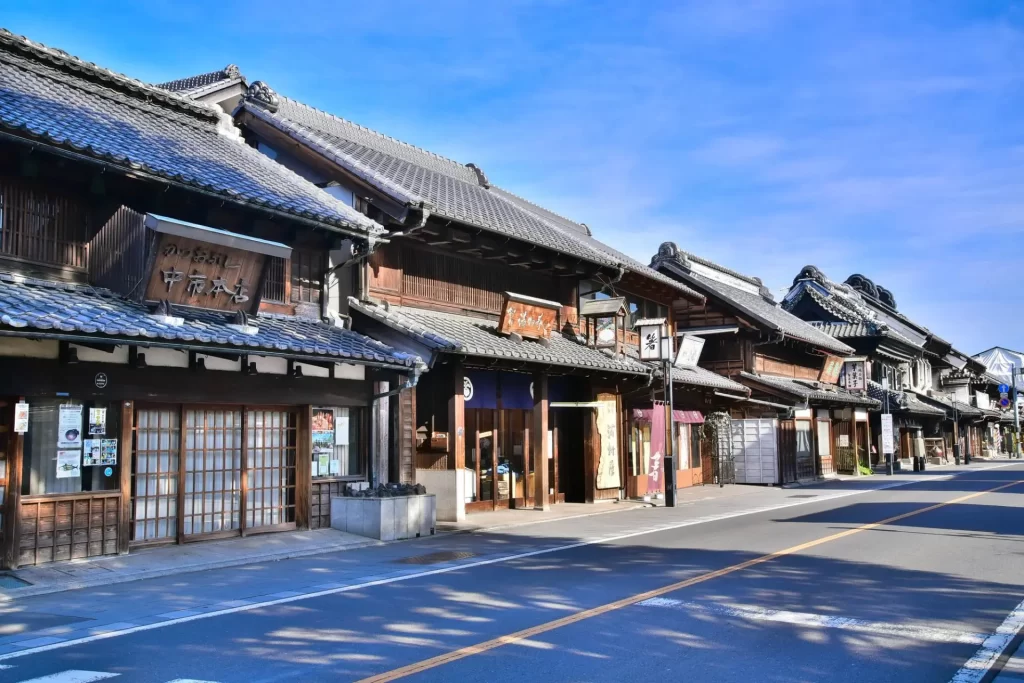
About one hour from Tokyo using JR or Tobu lines.
Best Tokyo Transfer Pass: ✔️ JR Tokyo Wide Pass (if intending several journeys) ✔️ Seibu Kawagoe Pass
Top Attractions:
- Kurazukuri Street: A lovely road lined with Edo-period warehouse structures now housing craft stores and cafes.
- Kawagoe’s emblem, Toki no Kane, has rung out four times daily since the 1600s.
Kawagoe offers you a taste of historical Japan without travelling too far. With lots of street food to try, it’s a photogenic and laid-back trip.
Hakone
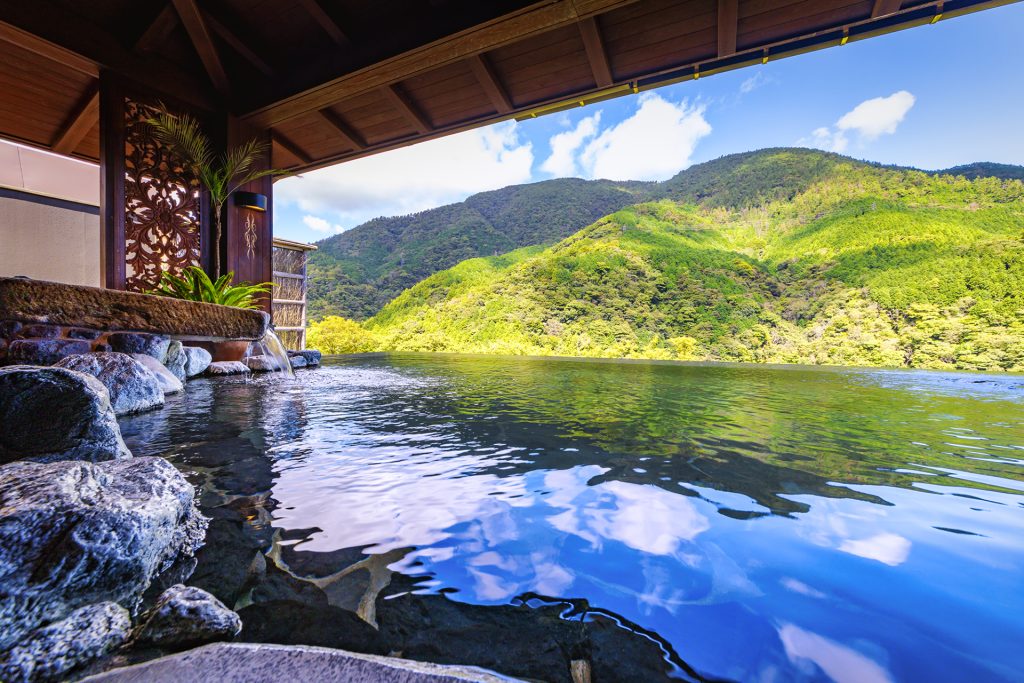
About 90 minutes by Odakyu Railway or JR + bus combination will get you there.
Best Tokyo Transfer Pass: ✔️ Hakone Freepass
Top Attractions:
- Hakone Open-Air Museum: A lovely mix of nature and art including outdoor sculptures and a Picasso pavilion.
- Lake Ashi & Hakone Pirate Ship Cruise: A fun and picturesque boat ride with possible views of Mt. Fuji on clear days.
Hakone is all about mountains, hot springs, and famous Fuji views, thus why go. This is a top option if you want a calm, beautiful vacation; the pass covers most local transit.
Kawaguchiko, Fuji Five Lakes

Getting there: JR or Fujikyu Railway 2–2.5 hours.
Best Tokyo Transfer Pass: ✔️ JR Tokyo Wide Pass
Top Sights:
- Mt. Fuji Panoramic Ropeway: Provides a sweeping view over Lake Kawaguchi and, on a clear day, of Mt. Fuji itself.
- Chureito Pagoda: That classic postcard view—red pagoda + cherry blossoms + Mt. Fuji in the background. Amazing in spring and autumn.
Why visit Kawaguchiko? Should Mount Fuji viewing be on your bucket list, this place is absolutely essential. This lengthy journey can be made more affordable with Tokyo Transfer Passes.
Chiba & Narita
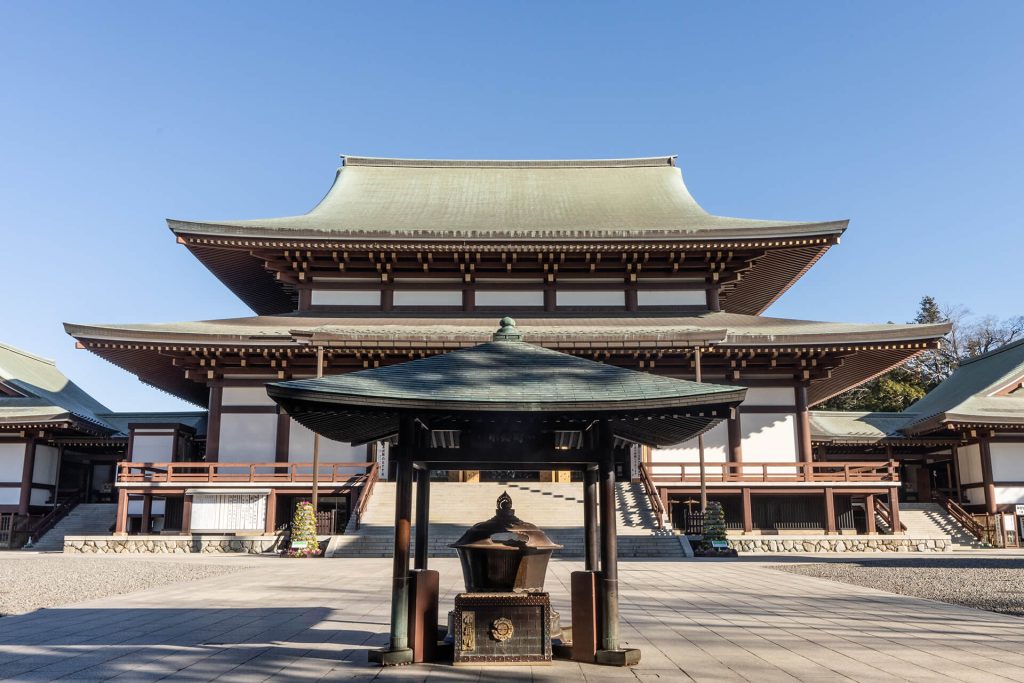
Depending on the area, about 60 to 90 minutes.
Best Tokyo Transfer Pass: ✔️ JR Tokyo Wide Pass
Top Attractions:
- Naritasan Shinshoji Temple: Just 10 minutes from Narita Station, a huge and remarkable temple complex with tranquil gardens.
- Sawara Historic Town: A preserved Edo-era canal town in Chiba, providing traditional vibes and quiet riverside walks.
If you’re flying in or out of Narita Airport, you can simply combine your transfer with a cultural half-day excursion. It’s often less busy than other locations and underappreciated.
Which Passes Cover Which Day Trips?
If you’ve already picked a few day trip destinations from Tokyo, the next step is figuring out which Tokyo Transfer Passes can actually get you there—and save you money. Some passes are strictly limited to Tokyo’s urban core, while others extend far enough to cover scenic hot springs, coastal cities, and even Mount Fuji.
To make this simple, let’s break it down by destination and match them with the passes that offer the best value.
1. Tokyo Metro 24-Hour Ticket
- Valid on: All Tokyo Metro lines
- Best for: Sightseeing within central Tokyo (not for day trips)
- Covers: No long-distance destinations
If you’re planning to stay in the city and hit up spots like Harajuku, Asakusa, and Ginza in one day, this is a solid pass. But for anything outside the city limits, this one’s a no-go.
2. Toei and Tokyo Metro One-Day Pass
- Valid on: Both Toei Subway and Tokyo Metro lines
- Best for: Intense urban exploration
- Covers: Only central Tokyo
This pass gives you more flexibility than the Metro-only version, but again, it won’t get you to places like Yokohama or Hakone. If you’re a first-timer to Tokyo with a tight city-focused itinerary, though, it’s worth it.
3. JR Tokyo Wide Pass
- Valid on: JR East lines in the Kanto region, including Shinkansen and express trains
- Best for: Long-distance day trips and weekend escapes
- Covers:
- Nikko
- Kawaguchiko
- Karuizawa
- Gala Yuzawa (seasonal)
- Yokohama
- Chiba/Narita
This is one of the most versatile and valuable Tokyo Transfer Passes available. For around $75 USD, you get unlimited train travel for 3 consecutive days across a huge area. It’s ideal for back-to-back day trips or combining a day trip with a return to the airport. If your trip includes multiple destinations, this pass will likely pay for itself—and then some.
4. Tokunai Pass
- Valid on: JR East local lines within Tokyo’s 23 wards
- Best for: Exploring Tokyo by JR lines only
- Covers: Central Tokyo stations like Shinjuku, Ueno, and Tokyo Station
The Tokunai Pass is not a match for actual day trips. However, it can be helpful if your accommodation is near a JR station and you’re planning to hit JR-accessible attractions around the city. It’s affordable and convenient but limited.
5. Hakone Freepass
- Valid on: Odakyu Line from Shinjuku to Hakone + unlimited rides on local Hakone transport
- Best for: Visiting Hakone in one or two days
- Covers: Shinkansen not included; only valid on Odakyu and partner networks
This pass includes buses, cable cars, ropeways, and even the pirate ship cruise on Lake Ashi. It also comes with discounts at many attractions. If you plan a full day in Hakone, this pass makes the trip seamless and cost-effective.
6. Nikko Pass (by Tobu Railway)
- Valid on: Tobu trains from Asakusa to Nikko + local buses in Nikko
- Best for: Nikko day or overnight trips
- Covers: Round-trip train fare + local transport and discounts
There are a couple of Nikko Pass options depending on whether you want to visit just central Nikko or the more remote areas like Lake Chuzenji. If Nikko is your one big day trip from Tokyo, this is a smart and affordable choice.
7. Yokohama Minatomirai Pass
- Valid on: JR Keihin-Tohoku/Negishi Line + Minatomirai Line
- Best for: A fun day in Yokohama
- Covers: Major sights like Chinatown, the Cup Noodles Museum, and the waterfront
This simple pass is one of the cheapest Tokyo Transfer Passes, and it’s a great deal for travelers spending a full day in Yokohama. It won’t work for other destinations, though, so only buy it if Yokohama is your main goal.
✅ Quick Comparison Table
| Pass Name | Coverage Area | Valid For Day Trips To | Price (USD) | Good For | Notes |
| Tokyo Metro 24-hour Pass | Tokyo Metro only (subways) | ✘ Only central Tokyo | ~$5 | In-city sightseeing | Not valid for JR lines or trips outside 23 wards |
| Toei and Tokyo Metro Pass | All Toei + Tokyo Metro lines | ✘ Central Tokyo only | ~$7 | Exploring Tokyo efficiently | Not for day trips to surrounding cities |
| Tokunai Pass (JR) | JR East lines within Tokyo 23 wards | ✘ Tokyo-only | ~$7 | Intra-city JR travel | Doesn’t reach popular day-trip spots like Yokohama or Nikko |
| JR Tokyo Wide Pass | Wide Kanto region (including Kawaguchiko, Nikko, etc.) | ✔ Kawaguchiko, Nikko, Karuizawa, Yokohama, Chiba, Gala Yuzawa | ~$75 (3 days) | Multiple day trips in 3 days | Great value if used for longer distance day trips |
| Hakone Freepass | Tokyo to Hakone and within Hakone area | ✔ Hakone | ~$45–60 | Hakone round-trip day or overnight | Includes transport + discounts on local attractions |
| Nikko Pass (Tobu Rail) | Tokyo to Nikko and Kinugawa area | ✔ Nikko | ~$45–55 | Nikko day trip with extras | Includes buses and sightseeing discounts |
| Yokohama Minatomirai Pass | JR East line between Tokyo and Yokohama area | ✔ Yokohama | ~$7 | Yokohama day trip | Limited to JR Keihin-Tohoku/Negishi Line and Minatomirai Line |
Tips for Maximizing Your Tokyo Transfer Passes
So you’ve chosen your pass—or maybe you’re still deciding—but either way, you’ll want to squeeze every yen of value out of it. Tokyo’s transportation network is one of the most extensive in the world, and with a little planning, Tokyo Transfer Passes can save you both time and money.
Here are some tried-and-tested tips to make the most of your pass, whether you’re exploring temple towns, hunting for Mount Fuji views, or just bouncing around Tokyo’s neighborhoods.
1. Start Your Day Early
Most Tokyo Transfer Passes are time-based, often measured in consecutive hours or calendar days. For example, a 24-hour Tokyo Metro pass doesn’t just cover “today”—it covers 24 hours from the moment you tap in. Likewise, a 3-day pass like the JR Tokyo Wide Pass counts by calendar days, not 72-hour blocks.
That means the earlier you start using your pass, the more rides you can pack into your day. If your pass activates at 10 a.m., you’ve already lost a chunk of potential travel time. Set that alarm, grab a quick breakfast, and hit the rails early.
2. Plan a Logical Route
Tokyo may be famous for its punctual trains, but backtracking or zig-zagging across the city wastes both time and energy. Use apps like Google Maps or Japan Travel (by Navitime) to plan a logical loop—start at the farthest point and work your way back toward your accommodation.
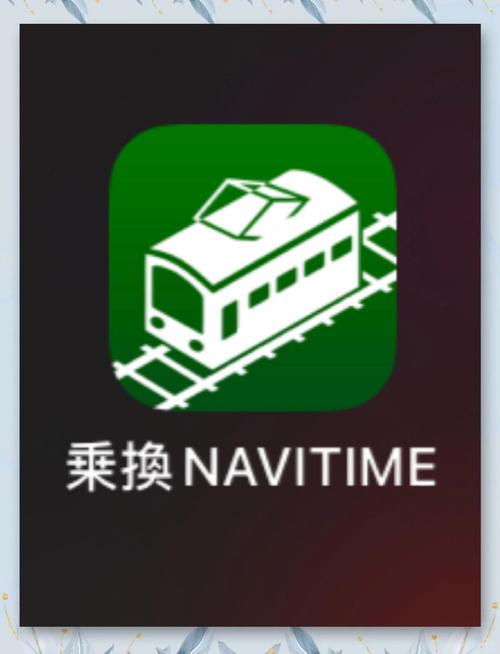
If you’re using Tokyo Transfer Passes to visit places like Kawagoe or Kamakura, avoid making side trips in the opposite direction. Group attractions by area and maximize your pass coverage.
3. Mix and Match Passes (Yes, That’s Allowed!)
Did you know you can stack different passes during your trip? For example:
- Use a Tokyo Metro 24-hour Pass one day to explore central Tokyo neighborhoods.
- Use the JR Tokyo Wide Pass over the next three days for long-distance trips to places like Nikko or Kawaguchiko.
- Add a Hakone Freepass for a dedicated day in the mountains.
This layered approach lets you save where it matters most. Not all Tokyo Transfer Passes overlap, but many are designed to complement each other.
4. Look for Bonus Perks
Many passes come with more than just train access. Some of the regional Tokyo Transfer Passes, like the Hakone Freepass and Nikko Pass, include discounts for museums, hot springs, cable cars, and boat rides.
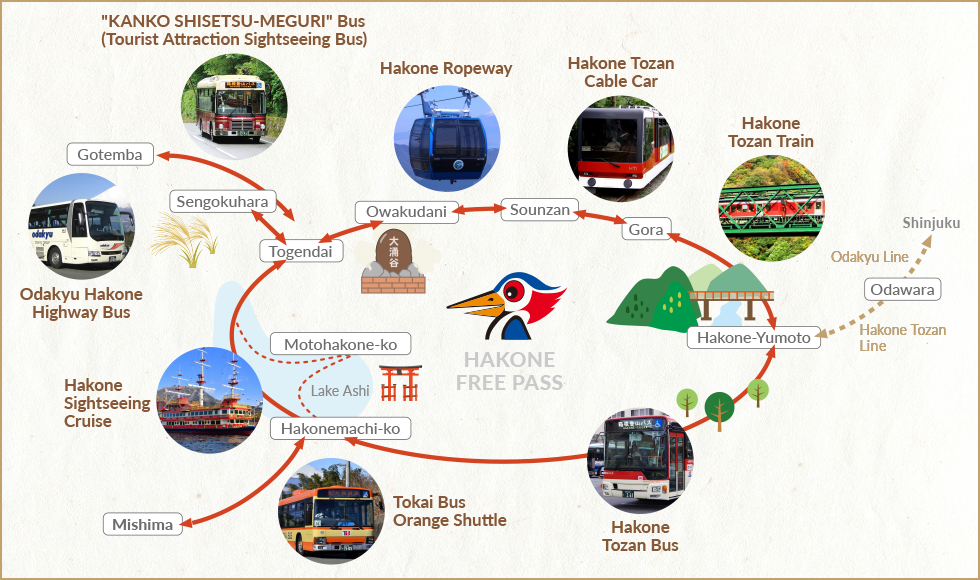
Be sure to pick up or download the information booklet when you buy your pass. There may be deals hidden in there that could save you a few extra dollars—or help you discover something you didn’t know existed.
5. Use Station Lockers or Delivery Services
If you’re doing a day trip and don’t want to haul your suitcase, many major stations have coin lockers or luggage storage counters. Alternatively, Japan’s reliable same-day luggage delivery services can move your bags from hotel to hotel, letting you roam freely with just a backpack.
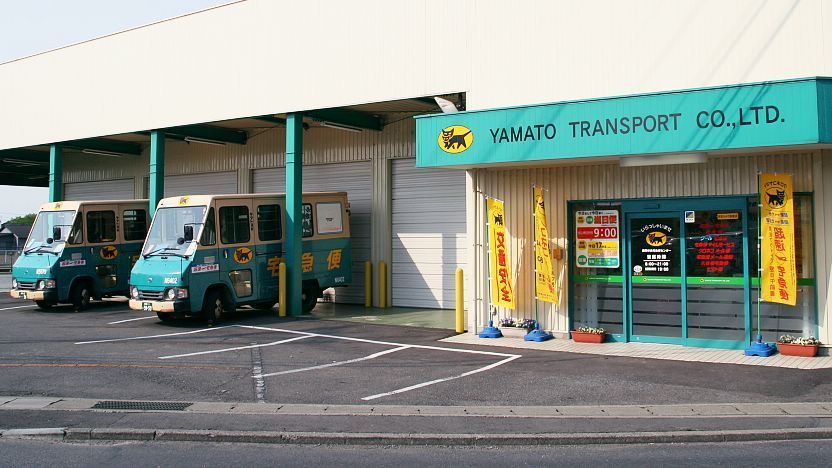
Traveling light helps you hop on and off trains easily and get the full benefit of your Tokyo Transfer Passes, especially when changing lines or walking between attractions.
6. Know the Limitations of Each Pass
Before you get too excited, read the fine print. Not all Tokyo Transfer Passes cover every train line. Some exclude bullet trains (like the Odakyu Romancecar), and others may not cover buses or private railways.
Always double-check:
- What lines and services are included?
- Do you need a seat reservation?
- Is your pass valid on express or limited express trains?
These details can make or break the value of your pass—and your day trip experience.
When Tokyo Transfer Passes Are Totally Worth It
- You’re planning multiple day trips within a 2–3 day window
(Example: Nikko + Kawaguchiko + Yokohama = massive savings with JR Tokyo Wide Pass) - You’re visiting regional areas with integrated transport systems
(Hakone, Nikko, and Kamakura all offer bundled passes with local perks) - You want convenience
No more ticket machines or fare calculators—just tap and go. - You’re traveling with a group
The more people using a pass system, the more potential for savings and shared convenience.
When to Skip the Pass
- You only plan one short trip outside Tokyo
Round-trip fares might be cheaper than buying a full pass. - You’re doing just one area per day
If you’re not moving around much, a pass may not be cost-effective. - You’re staying inside the city
Single-ride tickets or a prepaid IC card (like Suica or Pasmo) might be a better fit for light Tokyo travel.
FAQ: Quick Answers for Curious Travelers
Still on the fence about which Tokyo Transfer Passes to choose? Here are some quick answers to common questions:
Q: Can I use the Tokyo Metro 24-hour Pass to visit Yokohama or Nikko?
A: No. The Tokyo Metro pass is only valid on Tokyo Metro subway lines. For day trips outside Tokyo, you’ll need a JR Tokyo Wide Pass or a region-specific pass like the Nikko Pass.
Q: Is the JR Tokyo Wide Pass worth it for just one day?
A: It depends on where you’re going. If your day trip is far (e.g., to Kawaguchiko or Karuizawa), the cost of a round-trip ticket alone could justify the pass. Otherwise, it’s better used for 2–3 days of travel.
Q: Do I need to reserve seats with these passes?
A: Some trains (like certain Shinkansen and limited express services) do require reservations. You can make them for free at JR ticket counters if you’re using a valid Tokyo Transfer Pass.
Q: Can I combine different passes during my trip?
A: Yes! Many travelers use a city pass for Tokyo exploration and a separate regional pass for day trips. Just make sure the dates don’t overlap unnecessarily.
Q: Are passes better than an IC card like Suica?
A: IC cards are great for short city trips and small distances. But for longer journeys or multiple destinations, Tokyo Transfer Passes usually offer better value.
Your Perfect Tokyo Adventure Starts with the Right Pass
Whether you’re chasing temples in Nikko, taking in Mount Fuji from Kawaguchiko, or soaking in hot springs in Hakone, Tokyo Transfer Passes can be a smart and flexible way to explore more for less.
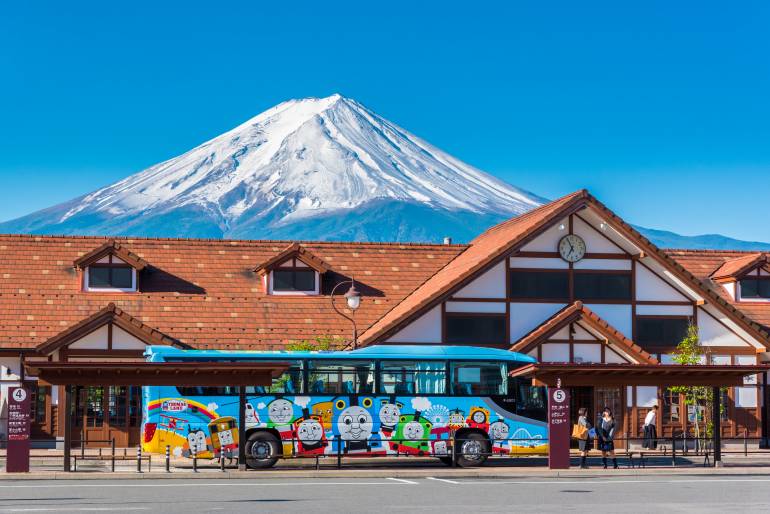
The trick is choosing the right one—based on where you’re going, how long you’re traveling, and how much ground you plan to cover. When used wisely, these passes don’t just save money—they simplify your trip and let you focus on what really matters: discovering the magic of Japan, one train ride at a time.
